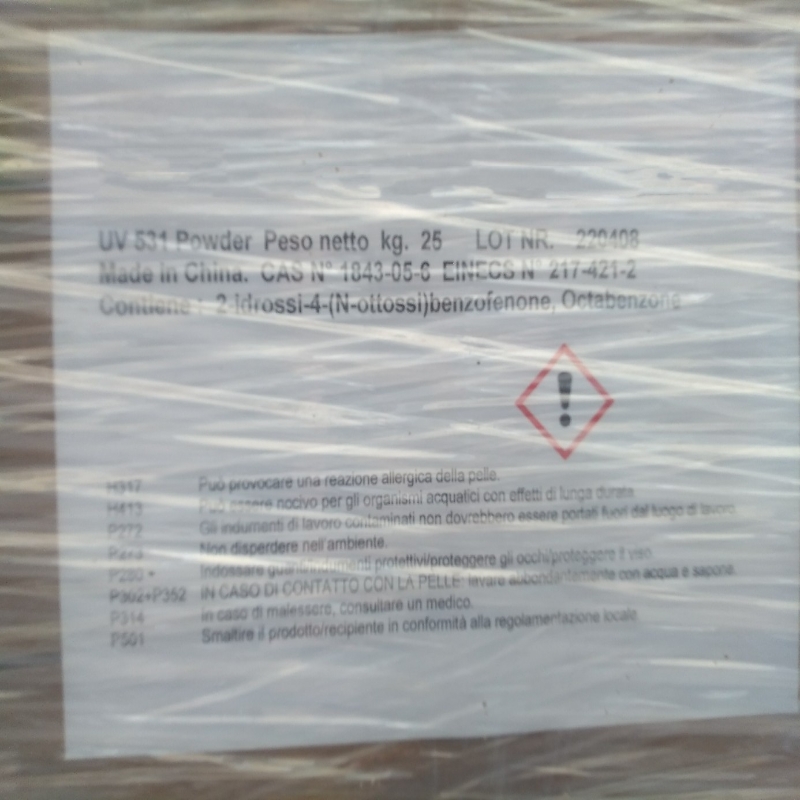-
Categories
-
Pharmaceutical Intermediates
-
Active Pharmaceutical Ingredients
-
Food Additives
- Industrial Coatings
- Agrochemicals
- Dyes and Pigments
- Surfactant
- Flavors and Fragrances
- Chemical Reagents
- Catalyst and Auxiliary
- Natural Products
- Inorganic Chemistry
-
Organic Chemistry
-
Biochemical Engineering
- Analytical Chemistry
-
Cosmetic Ingredient
- Water Treatment Chemical
-
Pharmaceutical Intermediates
Promotion
ECHEMI Mall
Wholesale
Weekly Price
Exhibition
News
-
Trade Service
Recently, the US credit rating agency Fitch said that the price of fertilizer for most varieties will fall
in 2023.
However, fertilizer prices will remain high due to high crop prices and high natural gas costs
.
In phosphate fertilizer, Fitch's forecast for diammonium phosphate prices in 2023 remains unchanged, which will be lower than in
2022.
The agency said that it is expected that diammonium phosphate exports outside China will rise in the next two years and stabilize in 2024, but lower than the average level
in 2016~2021.
Fitch said phosphate demand will partially recover in 2023 and return to 2021 levels
by 2024.
Around 7 million tonnes of new capacity will come on stream in 2023, most of it in Russia, Egypt, China and the United States
.
In potash, Fitch's price forecast for 2023 is also unchanged and will again be significantly lower than in
2022.
The company said it expects Canadian producers to increase spare capacity in the coming months, while Russian exports should also help balance the market
.
In terms of nitrogen fertilizers, the agency said that due to capacity expansion, urea prices at the end of 2022 have been lower than previously expected
.
In 2023 and 2024, 3.
2 million tons and 2.
2 million tons of urea production capacity will be put into operation globally, respectively, to suppress urea prices
.
In addition, with the commissioning of new capacity in the Middle East and the decline in raw natural gas prices, supply constraints will be eased, and synthetic ammonia prices will decline
in 2023.







